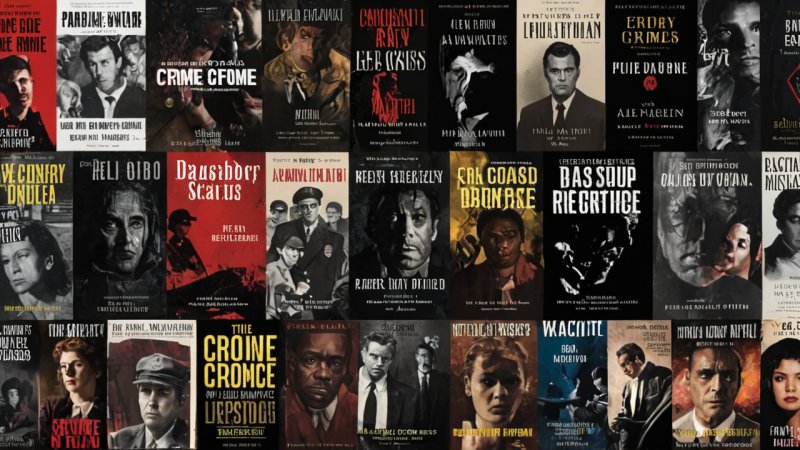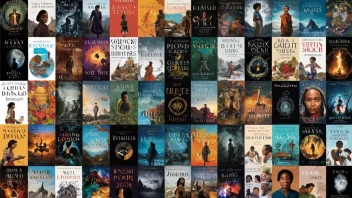True crime literature has captivated readers for decades, drawing them into the dark and often unsettling world of real-life criminal cases. From early accounts of infamous criminals to modern narrative non-fiction, this genre has evolved significantly, reflecting societal changes and the public's fascination with crime.
Initially, true crime was presented in a straightforward manner, focusing on the facts of the case. The genre gained popularity in the 19th century with publications like Illustrated Police News in the UK, which chronicled sensational crimes and their perpetrators. These early narratives were often sensationalized, aiming to shock and entertain readers while providing a glimpse into the darker sides of human nature.
As the 20th century progressed, true crime literature began to adopt more sophisticated storytelling techniques. Authors like Truman Capote and his groundbreaking work In Cold Blood transformed the genre by incorporating literary devices typically reserved for fiction. Capote's meticulous research and immersive narrative style brought a new level of depth and complexity to true crime, allowing readers to connect with the victims and the societal implications of the crimes.
In recent years, the genre has seen an explosion in popularity, with a surge of podcasts, documentaries, and books exploring various criminal cases. This resurgence can be attributed to a growing public interest in criminal psychology and the motivations behind heinous acts. Contemporary true crime authors like Michelle McNamara and her book I’ll Be Gone in the Dark not only delve into the details of specific cases but also explore broader themes such as obsession, justice, and the impact of crime on communities.
One of the defining trends in modern true crime literature is the emphasis on narrative structure and character development. Readers seek not only the facts but also a compelling story that engages them emotionally. This shift has led to a blending of genres, with true crime narratives often incorporating elements of memoir, sociology, and psychology. Authors aim to provide context and understanding, moving beyond mere sensationalism to explore the human experiences behind the crimes.
The rise of social media and online platforms has also changed the landscape of true crime literature. Readers now have access to a wealth of information and discussions surrounding criminal cases, leading to a more interactive and participatory experience. Online communities and forums allow fans to share theories, engage with authors, and even contribute to ongoing investigations, fostering a sense of connection among true crime enthusiasts.
As we look to the future, true crime literature will likely continue to evolve, reflecting the changing societal values and the complexities of crime. Whether through memoirs that explore personal experiences with crime or narrative non-fiction that challenges the traditional boundaries of the genre, true crime will remain a powerful lens through which we explore the human condition.
In conclusion, the evolution of true crime literature speaks to a broader fascination with crime and justice. As the genre continues to grow and change, it invites readers to engage with the unsettling truths of humanity while challenging them to reflect on the societal implications of criminal behavior.






